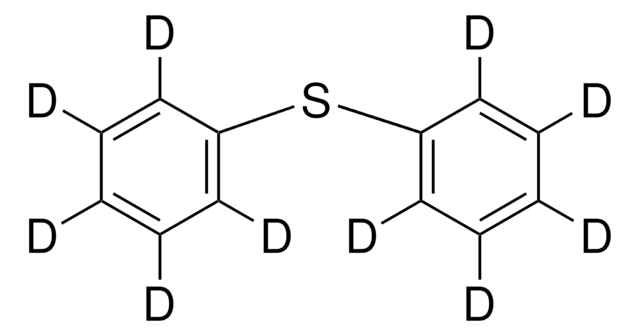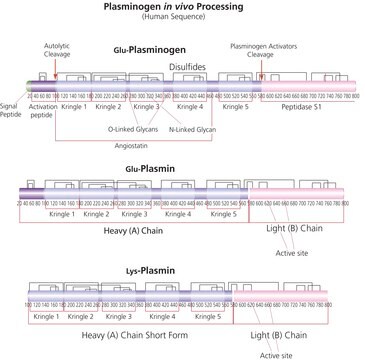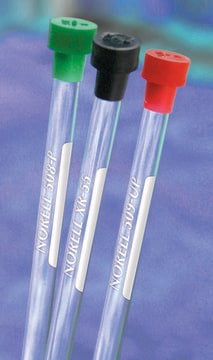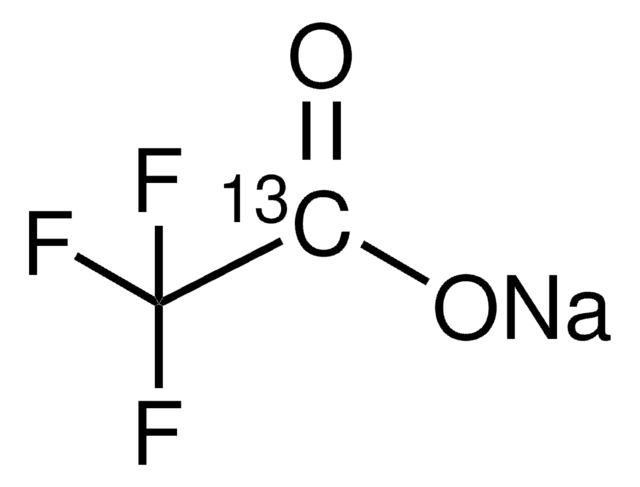612111
1,4-Dioxane solution
NMR reference standard, 40% in benzene-d6 (99.6 atom % D), NMR tube size 3 mm × 8 in.
About This Item
Recommended Products
grade
NMR reference standard
analytical standard
concentration
40% in benzene-d6 (99.6 atom % D)
technique(s)
NMR: suitable
NMR tube size
3 mm × 8 in.
format
single component solution
SMILES string
C1COCCO1
InChI
1S/C4H8O2/c1-2-6-4-3-5-1/h1-4H2
InChI key
RYHBNJHYFVUHQT-UHFFFAOYSA-N
Looking for similar products? Visit Product Comparison Guide
Features and Benefits
Quantity
Signal Word
Danger
Hazard Statements
Precautionary Statements
Hazard Classifications
Aquatic Chronic 3 - Asp. Tox. 1 - Carc. 1A - Eye Irrit. 2 - Flam. Liq. 2 - Muta. 1B - Skin Irrit. 2 - STOT RE 1 - STOT SE 3
Target Organs
Blood, Respiratory system
Supplementary Hazards
Storage Class Code
3 - Flammable liquids
WGK
WGK 3
Flash Point(F)
70.0 °F - closed cup
Flash Point(C)
21.1 °C - closed cup
Personal Protective Equipment
Choose from one of the most recent versions:
Certificates of Analysis (COA)
Don't see the Right Version?
If you require a particular version, you can look up a specific certificate by the Lot or Batch number.
Already Own This Product?
Find documentation for the products that you have recently purchased in the Document Library.
Our team of scientists has experience in all areas of research including Life Science, Material Science, Chemical Synthesis, Chromatography, Analytical and many others.
Contact Technical Service









